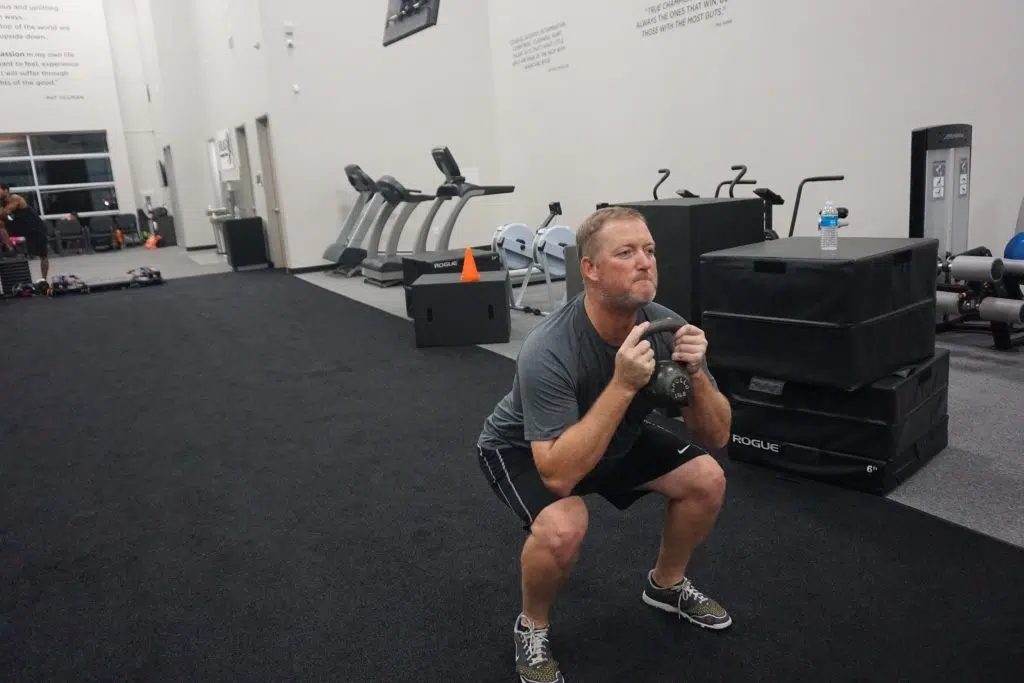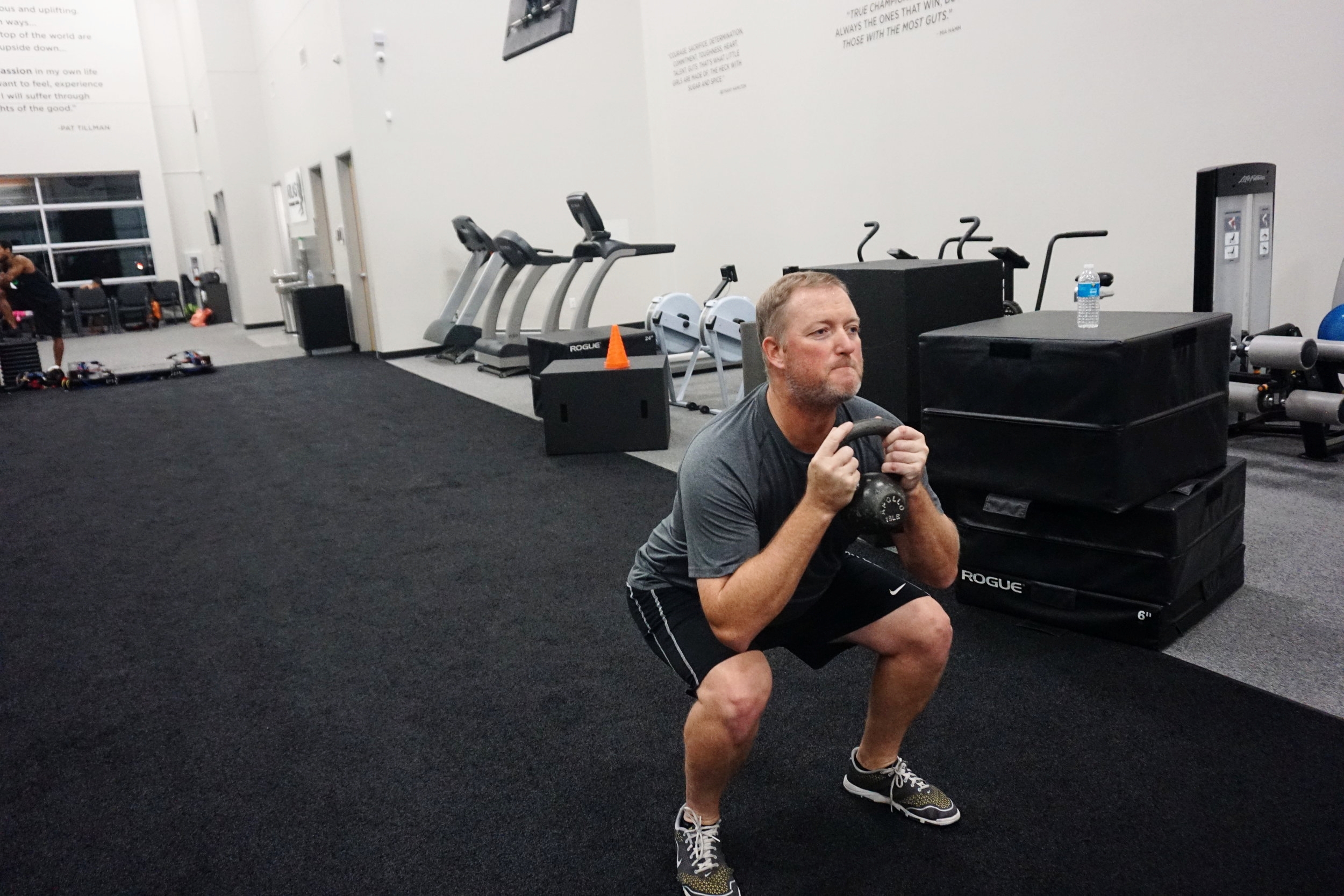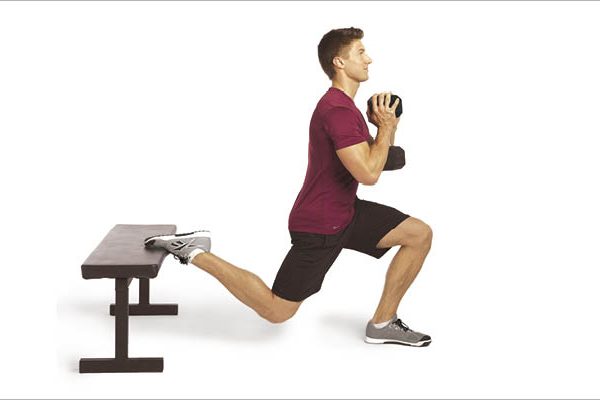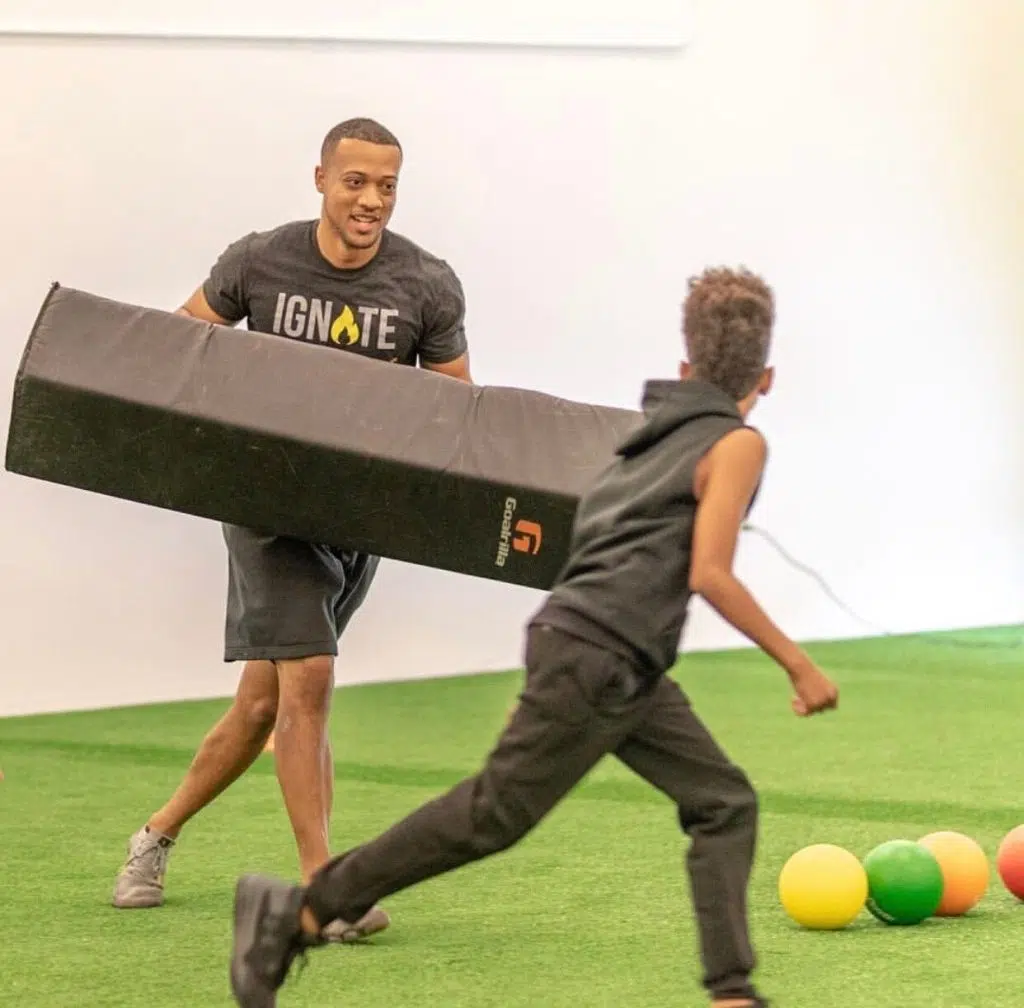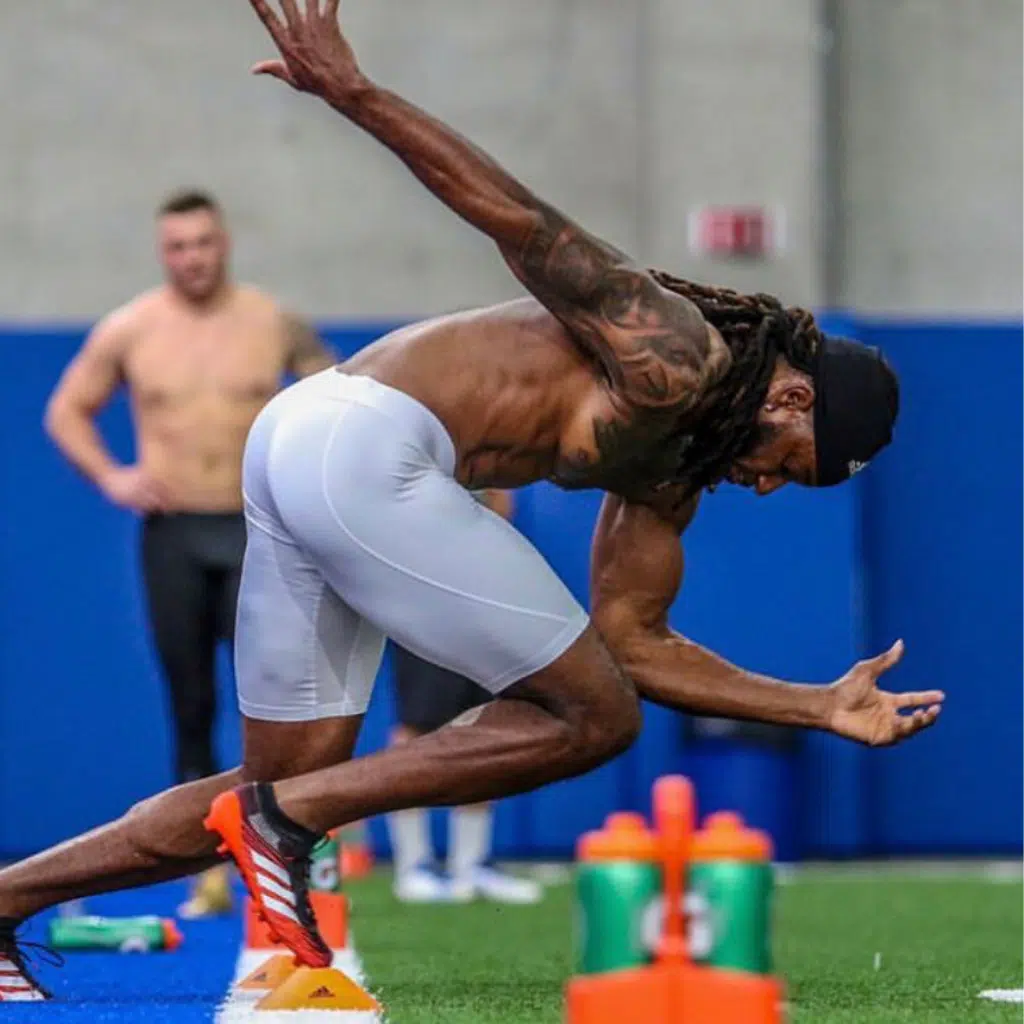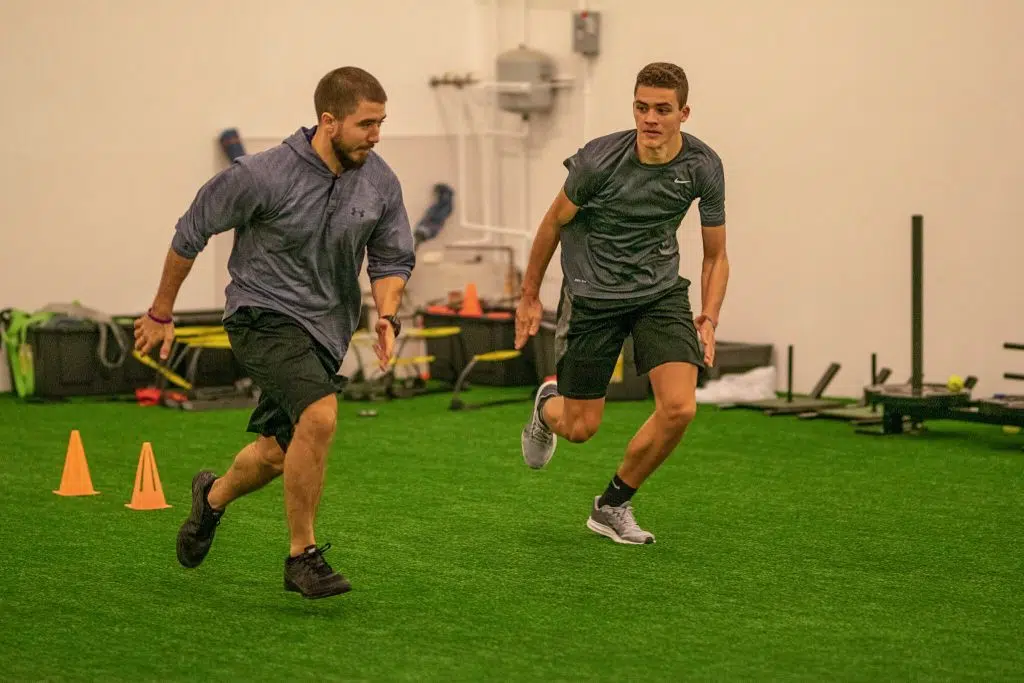HAPPY #SQUATOBER everyone!….
The squat has been, and remains one of the most popular exercises in strength training. It helps people lose weight, build lean mass, and increase performance. While it is certainly a great exercise with tremendous benefits, there a lot of misconceptions out there about the squat actually is. I think the squat is misunderstood.
Today, my mission isn’t focused so much technical aspect of the squat, as it is to re-frame how you think about the squat. Time to bust some squat myths!!
1) The Squat is a Movement Pattern, Not an Exercise
I want to start with this one because this an important concept to understand and really shapes this entire blog post. To better understand the squat, it starts with a mindset shift. When most people think of a squat, they automatically think of a back squat. They think about it more in the context of strengthening muscle groups. And while yes the squat certainly does that, we need to shift that line of thinking. We need to start viewing the squat as more of a movement pattern that we do every day.
The squat along with a hinge (think tasks like RDLs, or picking up a golf ball) are one of the most commonly reproduced movement patterns we do everyday. When you start thinking of it in that terms, it reframes how you view the squat, and opens up many more possibilities. Often times it’s the load that really changes, and not the actual movement (i.e., front squats, goblet squats)
Goblet Squats are part of the family
2) To Be Considered a Squat, it Has to be on 2 Legs
Again this point is based on the idea that the squat is a movement, and not just an exercise. Single leg squats are not only an acceptable form of squats, it should be a mandatory one. To have a complete training program, single leg exercises are mandatory.
Training implications such as the bilateral deficit indicate that training with heavy single leg exercise has a strong benefit on performance. In fact, there are lot of 300# squatters out there that can’t do a single leg squat. In my mind, single leg squats are one of the best measures of true strength and stability. Try replacing one of your heavy squat says with pistol squats, or heavy Bulgarian split squats. You’ll find that these are quite difficult, and maybe even more so that traditional back squats.
Bulgarian Split Squats fit into the “squat” category
3) If I Have a History of Injury, I Shouldn’t Squat
This is probably the misconception that gets me riled up the most. As I’m writing this, steam is literally coming out of my ears. I remember a time when I was working in a PT clinic, and one of the patients said her doctor told her “I shouldn’t squat anymore”.
There are several reasons why that statement is incredibly asinine. But the most important reason is that a squat, is as functional movement as there is. It’s something we do every day of our lives. In fact, here is a list of some of the activities that involve squatting:
- Getting on and off the toilet
- Sitting up from a chair
- Getting into a car
You get the point. To ask someone not to squat anymore is impossible. Now while it’s true, there are cases when people shouldn’t load their spine with heavy weight during a squat, there are ways around that. If you have history of back injury, then starting with a body weight squat, and then progressing to a goblet squat would be the way to go.
4) When I Squat, My Knees Should NEVER Go Over My Toes
This myth is one that has been widely proliferated over time. When someone tells me, “But when you squat, your knees should never go over my toes!” My response to this is always…”Well have you seen a football game?”
What I’m getting at, is that in sports and any many other activities in life, our knees consistently go over my toes. So why avoid it like the plague? I’m not saying we should intentionally push our knees over our toes, but if our knees go over our toes in life, then we should be too worries about it happening when we train.
While It’s true there are circumstances and other conditions where having you knees go over your toes during a squat, might not be the best idea. Someone with a history of knee pain probably doesn’t wanna load up the bar and get crazy with their shin angles. But aside from that, most people should spend less time worrying if their knees go over there toes during a squat, and more time focusing on engaging their core.
Notice DJ’s knees going way over his toes
BOOM!!…Squat myths busted! After reading this article, hopefully you have a better understanding of what the squat is and how to properly implement it in your workout…Happy squatting!

